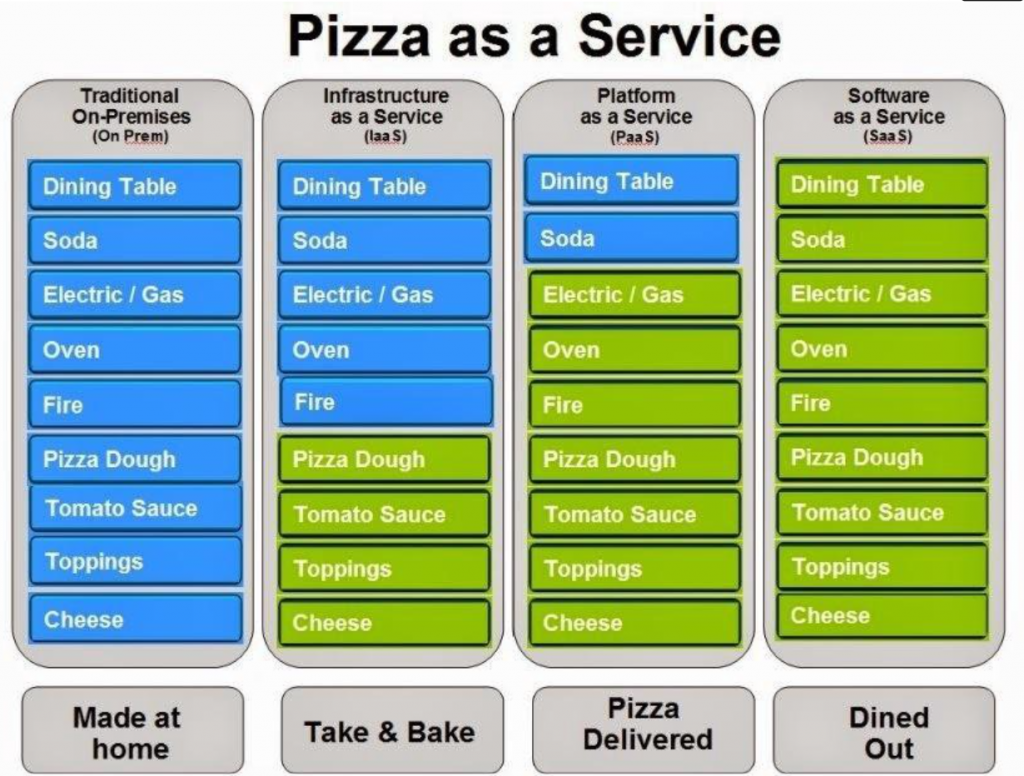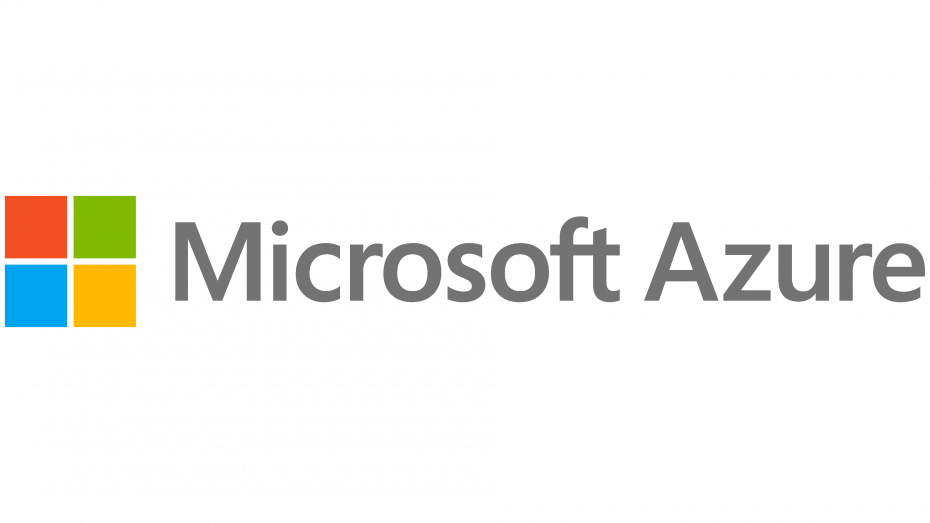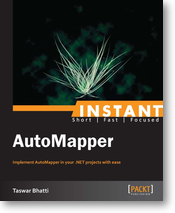Continuing on towards our learning cloud computing and Microsoft Azure, lets go over what is IaaS, PaaS and SaaS in Microsoft Azure?.
Definitions

IaaS
IaaS (Infrastructure as a Service) : refers to the delivery of computing resources, such as servers, storage and networking, over the internet. This allows companies to rent, rather than own, the infrastructure that they need to run their applications and services. Examples of IaaS Cloud providers include Microsoft Azure, Amazon Web Services (AWS) and Google Cloud Platform, etc.
IaaS Advantages:
- Agility. Applications can be made accessible quickly, removed and decommisioned whenever needed.
- No CapEx. There is no up-front costs.
- Consumption-based model. Organizations pay only for what they use and operate under an Operational Expenditure (OpEx) model.
- Flexibility. IaaS is the most flexible cloud service because you have control to configure and manage the hardware running your application.
- Management. The shared responsibility model applies; the user manages and maintains the services they have provisioned, and the cloud provider manages and maintains the cloud infrastructure.
- Skills. No deep technical skills are required to deploy, use, and gain the benefits of a public cloud. Organizations can use the skills and expertise of the cloud provider to ensure workloads are secure, safe, and highly available.
- Cloud benefits. Organizations can use the skills and expertise of the cloud provider to ensure workloads are made secure and highly available.

PaaS
PaaS Advantages:
- Agility. PaaS is more agile than IaaS, and users don’t need to configure servers for running applications.
- No CapEx. Users have no up-front costs.
- Consumption-based model. Users pay only for what they use, and operate under an OpEx model.
- Skills. No deep technical skills are required to deploy, use, and gain the benefits of PaaS. Most servies are easily configurable through the internet/web interface or SDK.
- Cloud benefits. Users can take advantage of the skills and expertise of the cloud provider to ensure that their workloads are made secure and highly available. In addition, users can gain access to more cutting-edge development tools. They can then apply these tools across an application’s lifecycle.
- Productivity. Users can focus on application development only, because the cloud provider handles all platform management. Working with distributed teams as services is easier because the platform is accessed over the internet. You can make the platform available globally more easily.
PaaS Disadvantage
Platform limitations. There can be some limitations to a cloud platform that might affect how an application runs. When you’re evaluating which PaaS platform is best suited for a workload, be sure to consider any limitations in this area. Example: Certain modules/plugins for the services may not be provided out of the box. Plus customers usually cannot load/plug their custom modules or plugins into the service. E.g a database plugin that you may rely on is not supported in the PaaS service.

SaaS
SaaS (Software as a Service) is the most common and widely used cloud computing service model. It refers to the delivery of software applications over the internet, typically on a subscription basis. SaaS applications are typically accessed through a web browser, and the provider is responsible for managing the infrastructure and ensuring that the software is always up-to-date. Examples of SaaS include Microsoft Office 365, Salesforce, and Zoom.
SaaS Advantages:
- Agility. Users can provide staff with access to the latest software quickly and easily.
- No CapEx. Users have no up-front costs.
- Pay-as-you-go pricing model. Users pay for the software they use on a subscription model, typically monthly or yearly, regardless of how much they use the software.
- Skills. No deep technical skills are required to deploy, use, and gain the benefits of SaaS.
- Flexibility. Users can access the same application data from anywhere.
SaaS Disadvantage
Software limitations. There can be some limitations to a software application that might affect how users work. Because you’re using as-is software, you don’t have direct control of features. When you’re evaluating which SaaS platform is best suited for a workload, be sure to consider any business needs and software limitations.
Additionaly if we look a diagram of a pizza restaurant it would look something like below:

pizza-as-a-service
Conclusion
In this section we learned about IaaS, PaaS and SaaS and what they stand for in Microsoft Azure. In the upcoming sections we will go deeper into Azure subscriptions, managemnt groups, resources and region. Stay tuned.



Leave A Comment